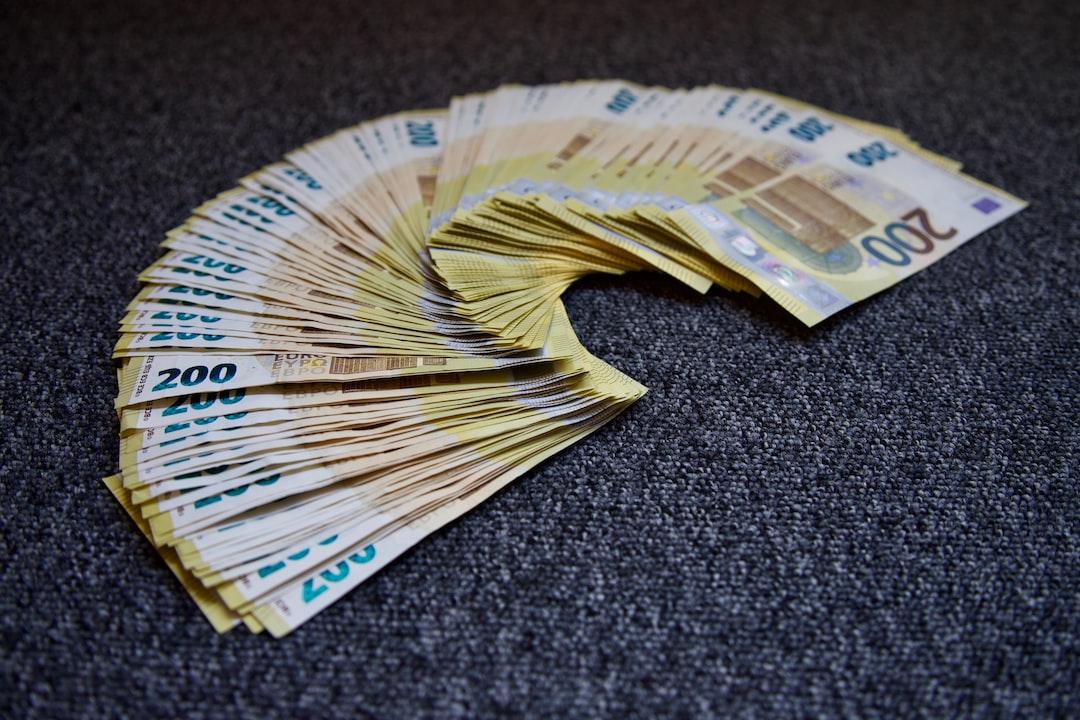On May 15, the cryptocurrency markets experienced a 5.5% increase in total capitalization after the release of inflation and retail sales data from the United States. However, Ether (ETH) failed to fully take advantage of this positive momentum. It has been over five days since Ether last closed above $3,000 and it has underperformed Bitcoin (BTC) by 22% since the beginning of 2024.
The rally in some scarce assets is supported by U.S. macroeconomic data. Crypto markets responded positively to the U.S. consumer price index (CPI) data, which showed a 3.4% year-over-year increase in April, in line with market expectations. However, the retail sales data for April, released on May 15, unsettled investors as it indicated stability rather than the expected 0.4% increase. This has increased the likelihood of the U.S. Federal Reserve (Fed) implementing measures to stimulate the economy.
Even if the Fed decides to maintain interest rates above 5.25% for an extended period to control inflation, it may resort to actions such as purchasing government securities and reducing the discount rate at which banks borrow from the central bank to boost the money supply. The provision of liquidity can shape economic expectations and behaviors.
Contrary to expectations, weaker economic activity is often seen as an indication that more money will be injected into the system, which benefits investments in scarce assets like stocks, gold, and cryptocurrencies. Eventually, the government will need to issue more debt to fund these expansionary measures aimed at preventing an economic recession. Inflation is likely to rise over time due to the increased circulating money, regardless of the interest rate.
Some analysts believe that the upcoming decision by the U.S. Securities and Exchange Commission (SEC) on May 23 regarding VanEck’s spot Ethereum ETF application is a major reason why Ethereum has been unable to surpass the $3,000 resistance level. The uncertainty surrounding this event has led traders to delay their investment decisions until the outcome is clearer. A rejection from the SEC could result in a short-term market correction.
Eric Balchunas, a senior ETF analyst at Bloomberg, doubts the approval of a spot Ethereum ETF in 2024, given the regulator’s cautious approach towards products that may be classified as securities, especially those that include native staking services. This skepticism is also reflected in the Ether derivatives markets.
To understand how professional traders are positioned, it is important to analyze the ETH futures and options markets. In neutral market conditions, Ether futures contracts are typically priced 5% to 10% higher than the regular spot prices of ETH to account for the extended settlement period.
Currently, the Ether futures premium (basis rate) stands at 9%, a level that has remained stable for the past two weeks. This suggests a lack of enthusiasm regarding the spot ETF decision, indicating a neutral sentiment among traders.
In the options market, there is an even balance in the demand for call (buy) and put (sell) options, with both types of instruments trading at similar price levels. Typically, if traders anticipate a drop in Ether prices, the 25% delta skew metric will exceed 7%. Conversely, periods of high market excitement often result in a negative skew of 7%.
If there had been increased demand for bullish trades in anticipation of the spot Ethereum ETF decision, whales and market makers would likely have raised the prices for contracts that provide upside price protection. This would reflect their expectation of higher future prices and their intent to capitalize on traders’ willingness to pay more for potential gains.
Although it is difficult to pinpoint the exact reasons behind Ethereum’s failure to capitalize on the recent gains in the cryptocurrency sector, ETH investors do not appear particularly optimistic about the approval chances of the spot Ethereum ETF. Other factors, such as the inflationary supply of ETH for the first time in 18 months due to reduced transaction fees, may also be contributing to keeping ETH prices below $3,000.
Disclaimer: This article does not provide investment advice or recommendations. Every investment and trading move involves risk, and readers should conduct their own research before making a decision.

